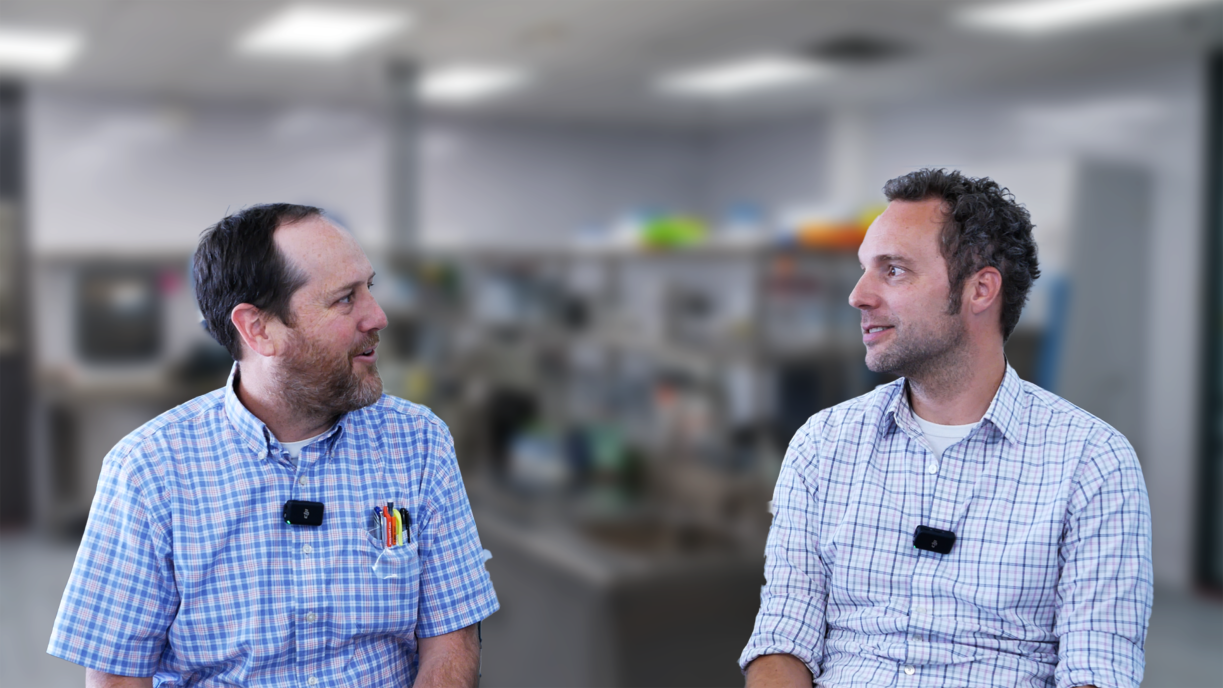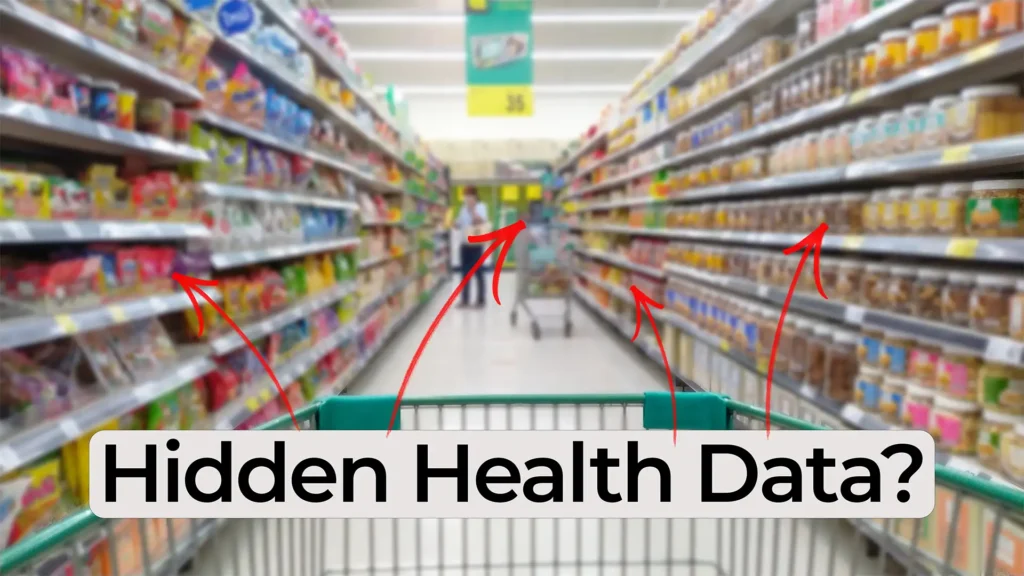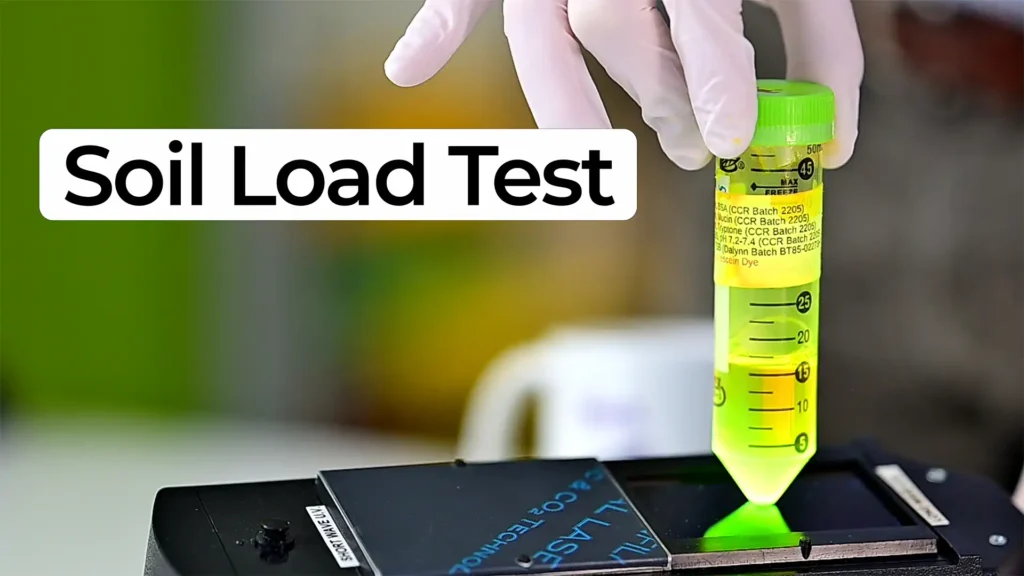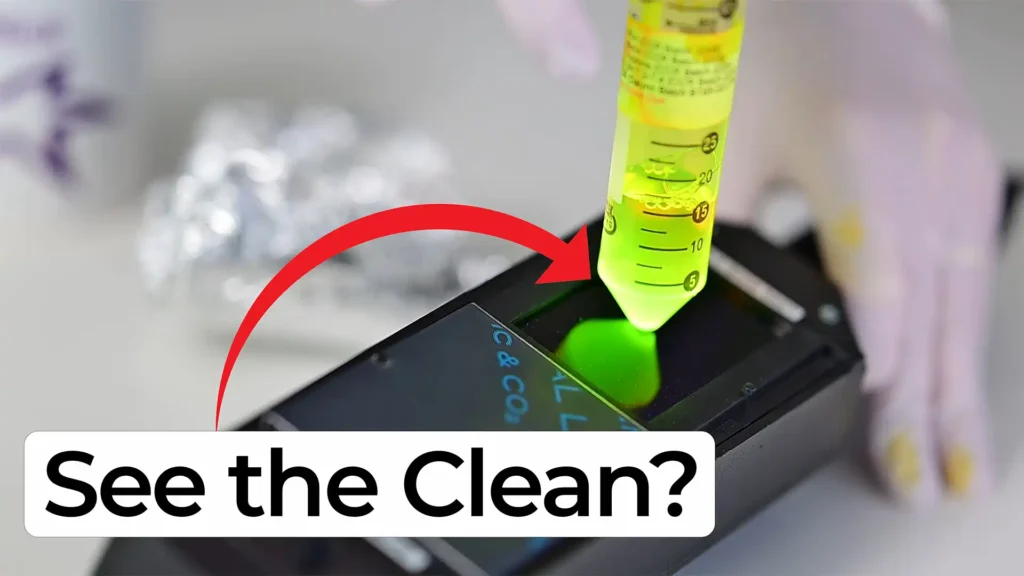
Bio Break: The Role of Pipettes in Lab Workflows
In this episode of Bio Break, Nick and Joris dive into a common challenge faced by researchers and product developers: the use of pipettes in laboratory workflows and the need for alternatives in non-laboratory environments. From the precision of the trusty P200 pipette to innovative solutions like microfluidics, this discussion highlights the strengths and limitations of fluid handling tools in research and beyond.
Nick kicks things off by showcasing his favorite instrument, the P200 pipette. Renowned for its precision and ease of use, the pipette is a cornerstone in basic research, capable of transferring fluids in the range of 1–200 microliters. With its ergonomic design and disposable tips, it ensures accuracy and contamination-free sample handling, making it indispensable for laboratory scientists. However, as Joris points out, transitioning workflows out of the lab introduces unique challenges.
The conversation shifts to why developers and clients often seek alternatives to pipettes. For instance, in clinical or point-of-care settings, pipettes may not be practical due to operator inexperience or the need to handle viscous solutions like honey or biological samples. Nick illustrates this challenge with a viscosity comparison, explaining how materials like honey, with viscosity 1,000 times that of water, are difficult to handle using traditional pipettes.
Joris introduces innovative alternatives like microfluidics, a precise and controlled method for transporting small liquid volumes, and off-the-shelf transfer pipettes, which can be cost-effective but may lack the precision required for critical applications. These solutions showcase the importance of adapting workflows to specific needs, whether it’s improving accuracy, handling viscous fluids, or operating in non-lab environments.
Whether you’re a researcher, engineer, or product developer, this episode provides valuable insights into optimizing fluid handling for various scenarios. Learn about the trade-offs of replacing pipettes and how cutting-edge tools can transform workflows.
The Role of Pipettes in Lab Workflows
Related Resources

Consumer health prediction shapes more of daily life than most people realize. In this episode of Bio Break, Nick and Nigel explore how retail data can reveal health information without a person ever speaking to a clinician.

When reviewing evidence for a medical device, a single citation can shape an entire submission. In this Bio Break episode, Nick shares a biofilm referencing lesson that has stayed with him since the early 2000s.

Nick Allan and Nigel Syrotuck explain how a fluorescent protein assay helps engineers measure contamination and cleaning performance in medical devices.

Nick Allan and Nigel Syrotuck explore a creative approach to visualizing cleaning validation using a fluorescent soil load.
